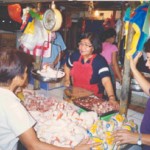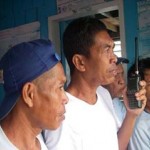
Years ago, the Muntinlupa Market was a muddy and messy public market with acrid odors created by 1,235 stalls selling everything from meat and fish to vegetables. The market’s eateries, toilets, and the stall sections generated wastewater that polluted a tributary creek of Laguna Lake, one of the most vital inland bodies of water in the Philippines and a source of drinking water and freshwater fish for Metro Manila.

For many years, Nasirin “Kah Nas” Taraji and other fishers in the southern Philippine province of Tawi-Tawi occupied one of the area’s best sites for collecting fish with “fish pens” or “corrals”.

Population growth, urbanization and industrialization have created enormous pressures on the environment and life support systems upon which all Filipinos depend. Air pollution from vehicles and industry is a major public health concern. Nearly 2.5 million tons of hazardous waste is generated each year, and only forty percent of solid waste is collected while the rest is dumped into waterways and open spaces. Although major legislation on clean air, solid waste, and clean water has been passed, enforcement remains a challenge. Under these conditions, voluntary private initiatives are often the most effective way to reduce pollution and conserve energy.








Comment
Make a general inquiry or suggest an improvement.